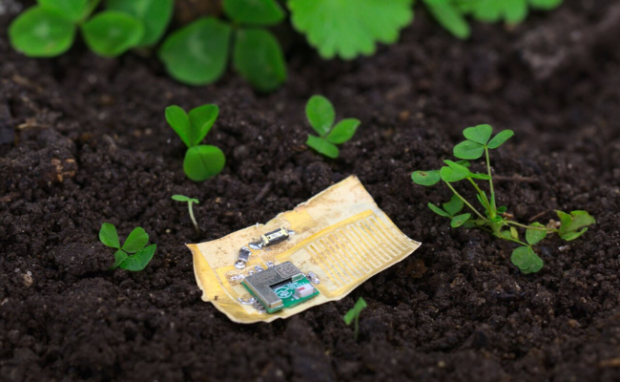The Future of Tech is Fungi: Mushrooms as Sustainable Computer Chips
As technology advances rapidly, concerns over sustainability and the environment have become increasingly prevalent. Fortunately, researchers at Johannes Kepler University have made a groundbreaking discovery. They figured out how to create computer chips using fungi, and they’re biodegradable, eco-friendly, and durable.
These mushroom computer chips can withstand extreme temperatures, resist repeated bending, and integrate with soil completely. Consequently, devices with these components may last longer than most gadgets, leaving significantly less e-waste. Soon, our technology can benefit us and the environment.
This article will discuss research on these mushroom computer chips. I will cover its potential benefits and real-world applications and explain how it can change consumer electronics. Later, you will see how mushrooms and technology can give us a more sustainable future.
How do mushroom computer chips work?

Photo Credit: techxplore.com
Researchers from Johannes Kepler University used fungi to create integrated circuits found in all electronic devices. They called the production process “MycelloTronics.”
They focused on the fungus Ganoderma lucidum, the Lingzhi or Reishi mushroom. Then, the researchers discovered a way to turn it into a skin holding tiny electronic components.
The team injected Reishi spores into moist beech wood shavings. Afterward, they covered the spores with polyethylene separator grids and stored them at 25 degrees Celsius.
The experts waited for the mushroom spores to grow a “skin layer.” Then, they removed the separator and peeled the fungus skin from the beech wood.
The Kepler researchers subjected the layer through a drying and compression phase. Next, they applied physical vapor deposition of thin gold and copper layers on the skin.
In other words, they turned these solid metals into gases that solidified on the mushroom skin. Then, the researchers surgically removed it with a laser to create circuit pathways.
Their experiment yielded three skin phases: young, medium, and mature. They remain stable up to 250 degrees Celsius, making them a suitable frame for soldering and other processes.
News Medical stated that the young and medium skin layers resemble conventional Li–ion battery separators. Also, the researchers produced mycelium-based batteries, sensors, and a Bluetooth communication module.
What is the potential of these fungi computer chips?
These mushroom computer chips can significantly improve how we create these components. First, we can safely deposit them into household compost bins.
They lose 93% of their dry mass within 11 days, and the residue is indistinguishable from regular soil. Also, Physics World says fungi circuits can withstand 2,000 bending cycles before their metal films crack and war.

Photo Credit: analyticsinsight.net
That means we can shape them multiple times to suit new applications. Also, it can repel moisture and ultraviolet light, enabling it to last for hundreds of years.
it will enable engineers to design chips that deviate from the planar geometry standard. Martin Kaltenbrunner, the head of the Kepler research team, believes the fungus-encased chip will function in wearable low-powered and short-lived Bluetooth sensors and radio tags.
The most significant benefit is mushroom abundance. The Earth has a massive supply of mushrooms you can grow in almost any environment with minimal maintenance.
You may also like: Are Self-Repairing Clothes The Future Of Fashion?
If mushroom computer chips become a viable alternative to conventional ones, we can make our electronics more environment-friendly. Moreover, it will become easy to manufacture, potentially making them cheaper.
However, this technology is still not ready for consumer electronics. The Johannes Kepler University study remains a proof-of-concept, something we can create with further research.
Nevertheless, fungi-based products can help us reduce our reliance on plastic items. Also, we can expect this technology applied to future gadgets as the world strives for a more sustainable future.
Conclusion
The future of technology is exciting due to unique projects like mushroom computer chips. However, it is only one example of its boundless possibilities.
We can harness the unique properties of mushrooms to create sustainable and eco-friendly electronics that could transform how we use technology. Soon, these innovations will lead us to a brighter tomorrow.
Do you want to see how technology will improve our lives further? Follow Inquirer Tech for the latest tips and trends in AI, green technology, gadgets, apps, and more.